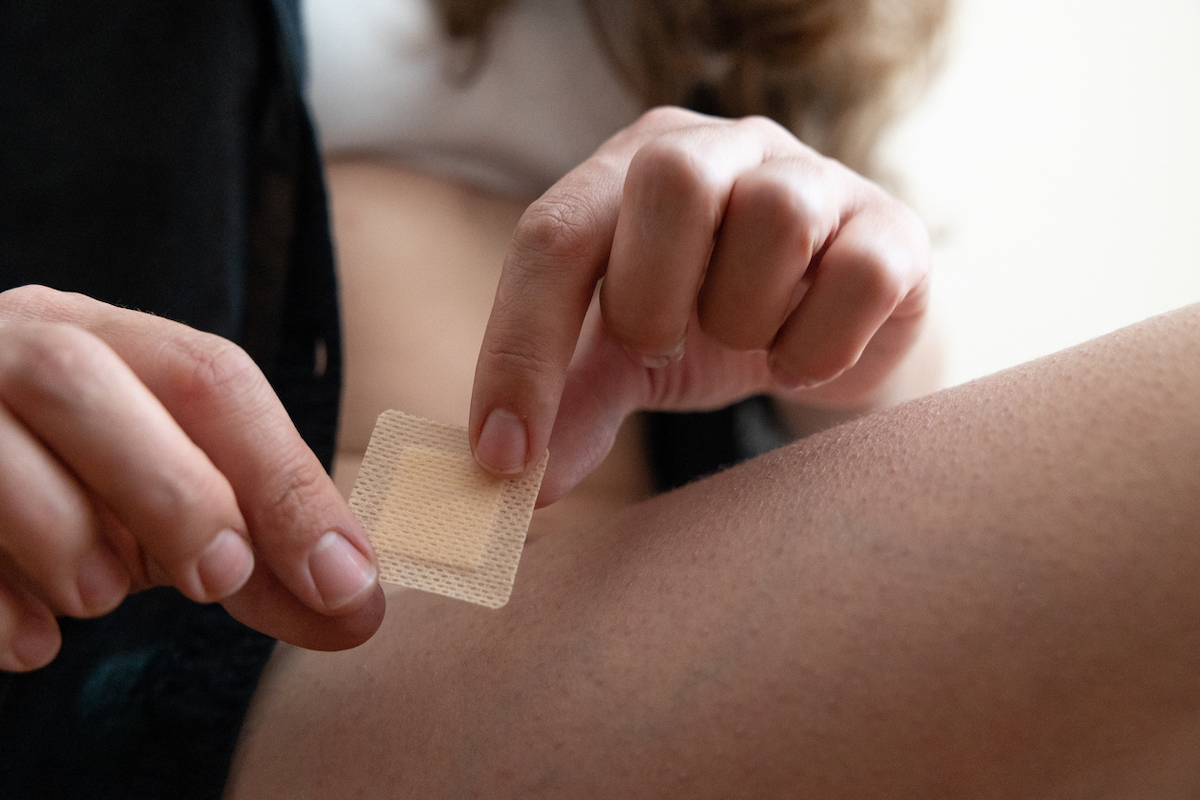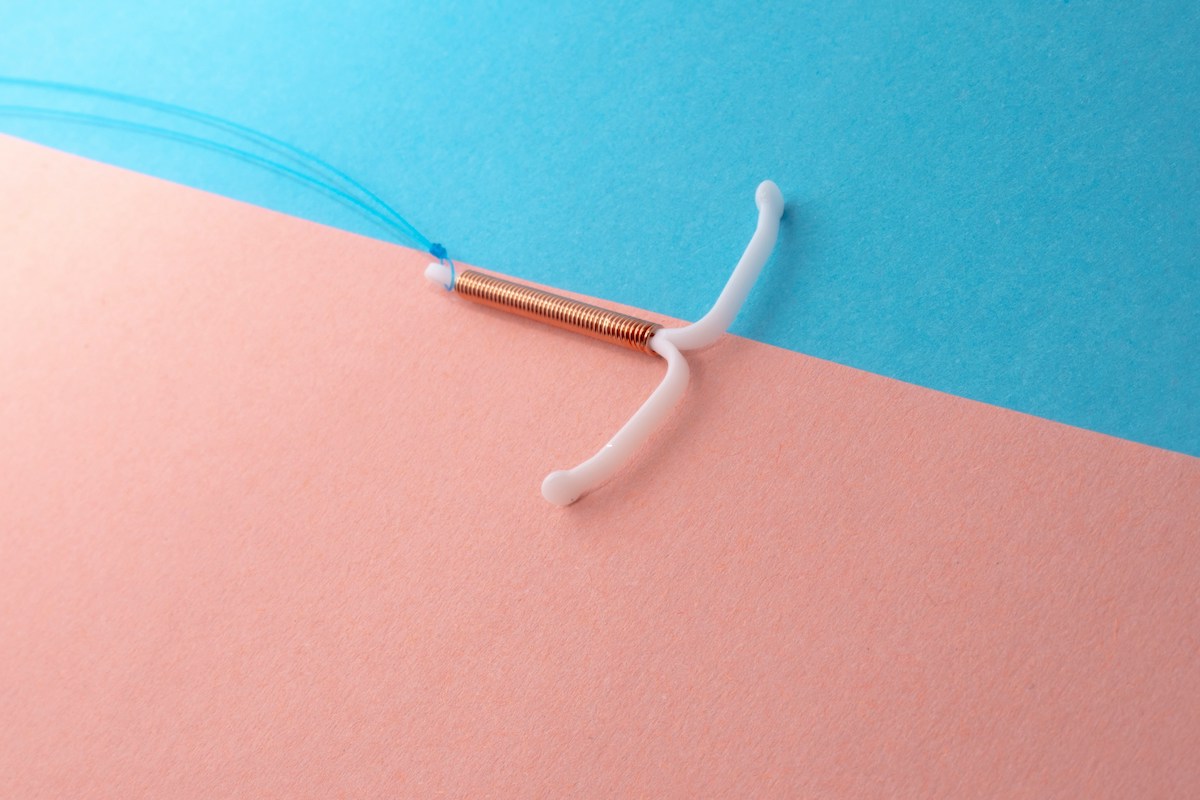When we think about perimenopausal symptoms, hot flushes and night sweats often come to mind first. But there are a whole host of symptoms — brain fog, low sex drive, poor energy, low mood, and loss of muscle mass — women can experience in their 40s and 50s. For many of us, these mood and cognitive symptoms bother us much more than hot flushes, and they can be harder to treat. In recent years, doctors have theorized that testosterone might be an effective treatment for them.
It is also not unusual for my patients to ask whether testosterone might be helpful in treating their perimenopausal symptoms. They have friends who report that testosterone — in the form of pellets inserted under the skin and compounded creams — improved all their perimenopausal symptoms and made them feel like themselves again. My patients often hope that testosterone will be the thing that sharpens their thinking and puts a spring in their step.
Is testosterone the answer for these more amorphous symptoms that many women experience? Let’s consider what the data has to say.
Sign up for Hot Flash by ParentData
Hot Flash is a new weekly newsletter on navigating your health and hormones in the post-reproductive years, written by Dr. Gillian Goddard. Sign up now for free!
Why might testosterone be helpful?
All women and girls have some testosterone and other testosterone-like hormones — collectively called androgens — albeit in levels that are just a fraction of those men have. Androgens are made in the ovaries and in the adrenal glands. As we age and move through the menopausal transition, androgen levels often drop just like estrogen levels do. But we don’t really know exactly what role androgens play in female body function.
Researchers have proposed that androgens play a role in developing follicles in the ovaries and that they impact women’s sexual function, mood, cognitive function, and bone health. To date, there is no clear data supporting the role of androgens in any of these body processes.
We do know that having too many androgens can be a problem. High androgen levels can result in face and body hair, acne, and changes in glucose metabolism, as we see in women with polycystic ovarian syndrome. The theory here is that too little androgen might also be a problem.
What does the data say?
We have no data regarding whether testosterone improves bone health, mood, or cognitive function. The effects of testosterone therapy on cognitive function and mood in women are not well studied. Low testosterone levels in the blood have not been shown to be associated with more mood, cognitive, or sexual symptoms. However, we do have a few trials about testosterone’s impact on one symptom: decreased sex drive.
The best studies of testosterone therapy in women focus on treating hypoactive sexual desire disorder (HSDD). HSDD is defined as “the absence of sexual fantasies and thoughts, and/or desire for or receptivity to, sexual activity that causes the personal distress or difficulties in their relationship lasting for at least six months.” More simply stated, it is a lack of interest in sex that bothers you or causes issues in your relationship with a partner and lasts for at least six months.
A randomized controlled trial of 261 women ages 35 to 46 looked at whether a testosterone spray applied to the abdomen increased the number of satisfactory sexual events the women experienced in a month. The researchers looked at three different doses of testosterone. They also measured the women’s testosterone levels in their blood before and after the testosterone or a placebo was given.
They found that all the groups, including the placebo group, saw an increase in the number of satisfactory sexual events. The testosterone groups did not see a statistically significant increase over the placebo group. Four weeks after stopping testosterone/placebo, the number had not returned to baseline and there was no significant difference between placebo and testosterone groups.
The blood levels of testosterone did increase significantly in the testosterone groups and returned to baseline levels when testosterone was stopped. Testosterone did appear to be safe. The most common adverse effect reported was increased body hair growth, especially where the testosterone spray was applied.
A similar trial in 814 postmenopausal women with HSDD looked at whether testosterone given via a patch applied to the skin improved sexual desire. The researchers studied two different doses of testosterone. The women in this trial were older (an average age of 54, compared with age 40 in the previous trial) and they were not taking estrogen.
Both treatment groups showed a small but statistically significant increase in the number of satisfactory sexual events compared with the placebo group. However, the placebo group also showed an increase in satisfactory sexual events, especially among women who had previously undergone surgical menopause by removing the ovaries.
Again in this study, testosterone appeared safe. The most common adverse effects were body hair growth, acne, and scalp hair loss.
The placebo effect is real!
We know that when we give someone a treatment that they believe will help them, they see an improvement in their symptoms, even if that treatment doesn’t contain medication. This is the placebo effect. That is why placebo controlled trials are so helpful in teasing out the effect of a treatment.
This is especially true when we can’t measure an objective change in the outcome we are interested in. We can measure testosterone levels in the blood and see that they increased with treatment, but to assess the number of satisfactory sexual events, we have to rely on reports from the women themselves. In the study of testosterone in premenopausal women, the placebo effect was especially pronounced. This suggests that expectations play a big role in women’s sexual function, which makes studying sexual desire and function especially challenging.
How are women taking testosterone in the real world?
To date, there are no testosterone formulations approved by the FDA for women for any indication. This has two implications: first, testosterone is not covered by insurance for women. Second, off-the-shelf pharmaceutical testosterone products are not dosed for women but for men. The products used in the studies we discussed here were made specifically for the study participants at special pharmacies.
But women are taking testosterone. Some take testosterone gel made for men, but take a tiny fraction of a man’s dose. Some have creams made at compounding pharmacies. The risk with that is, unlike products manufactured by pharmaceutical companies, there are few controls in place at compounding pharmacies, and compounding pharmacies vary greatly in quality. So it is hard to know if you are really getting the medication you think you are.
Some doctors prescribe testosterone as part of a hormone pellet. The pellet, which can also contain estrogen and progesterone, is inserted under the skin by a doctor. It releases hormones for about three months.
The concern with all of these formulations is the risk of getting too much testosterone, which can not only cause body hair growth and acne but may also increase the risk of heart disease.
Should you try testosterone?
Right now there is not enough data to know whether testosterone might help with most perimenopausal symptoms. Doctors and researchers still don’t have a good understanding of the role of androgens in women’s bodies. But if you are struggling with decreased interest in sex — like so many of us do — testosterone would be just one of a few treatments to try; others include hormone replacement therapy, talk therapy, and Addyi (flibanserin). If testosterone levels are kept within the normal range for a woman, testosterone does appear to be a safe option.
















Log in